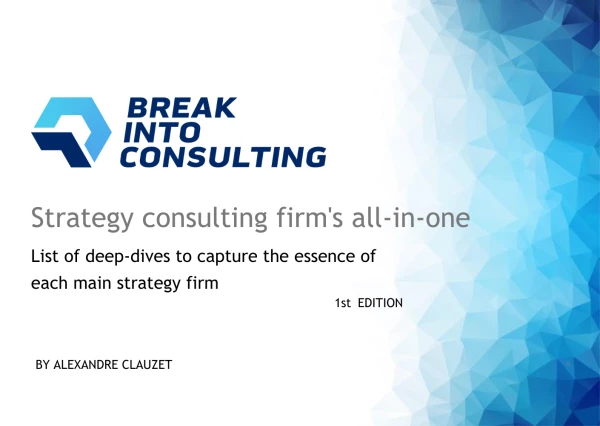Hi all,
I recently had my second round at one of the MBB firms with Partners/Principals, including the group head for the practice I was interviewing for (this is a lateral hire from IB). One of the interviewers, who is also the recruiting director, was out sick that day, which is why we had to reschedule another round.
I received very good feedback, however I was told I need to tackle the cases in a more structured way.
According to the headhunter what will now happen in the next and final round is that I will have to solve the same case again (they want to see what "lessons learned" I took away).
Therefore, I would be very grateful for a good "framework" / structure to solve the below, very broad question: "Mr XYZ has inherited a significant amount of money and wants to invest in an ore mine in Australia. Should he do it?"
How would you approach this?
Many thanks all!












